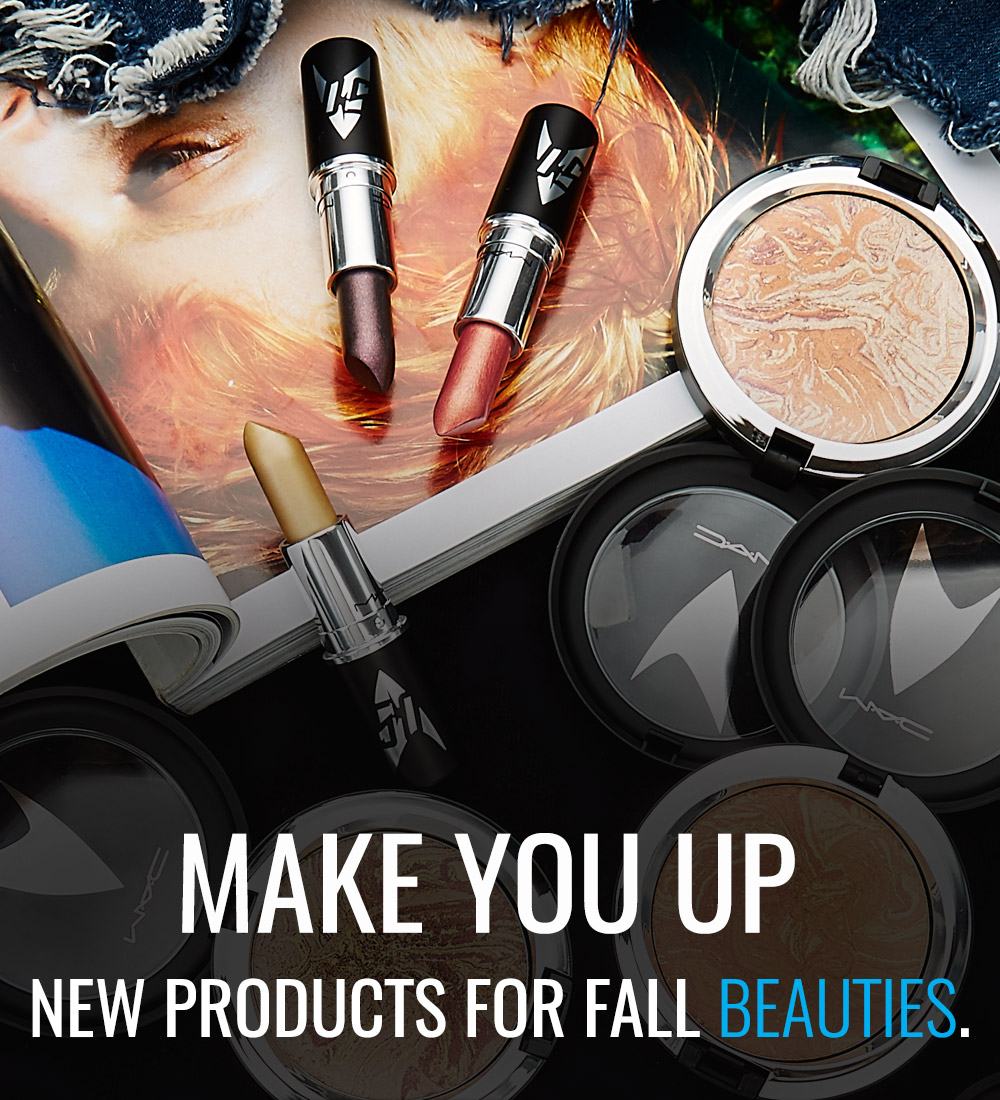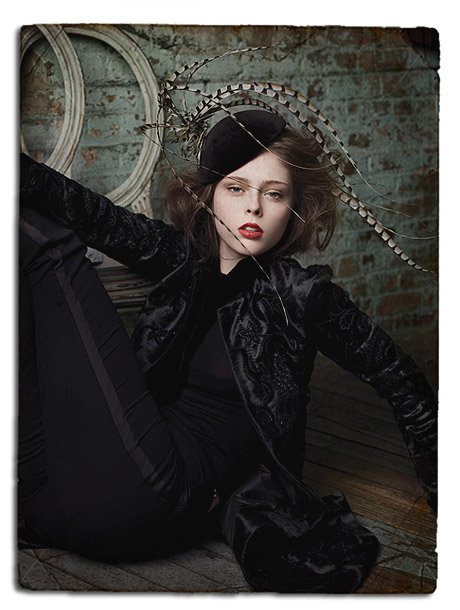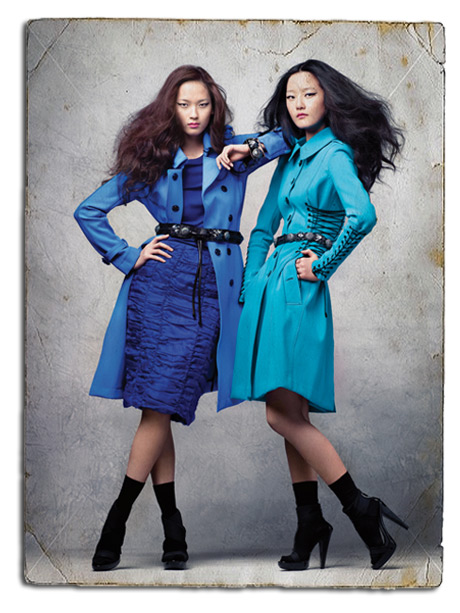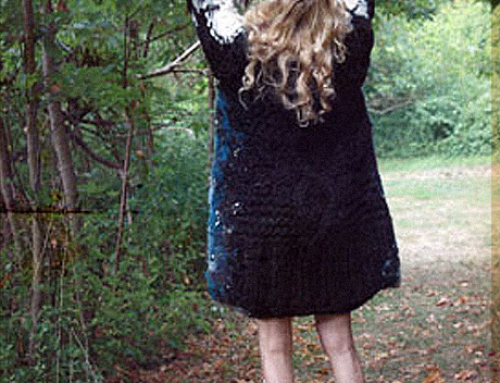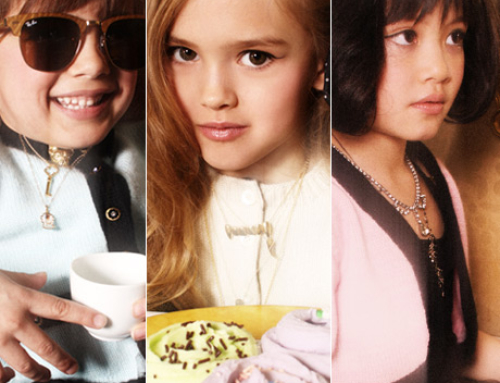This lack of “uniqueness” became more and more apparent to me after my first six months of being an embedded Korean style maven. I started to realize, wherever I looked, the same few trends were being peddled by the designer boutiques, department stores, mass chains like Zara and Forever21, and local Korean shops; each one the same, just at different price points. So whether I was window shopping in upscale Apgujeong, or dropping change at the shopping mecca of Myeongdong, I was eternally surrounded by girls clad in what appeared to be a head-to-toe uniform. See diagrams.
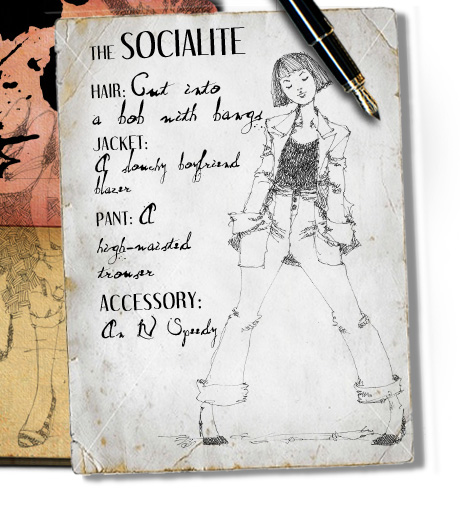
Aesthetically, there wasn’t much to find fault with; after all, slender Korean bodies seem made for hard-to–pull-off trends. Still, I began to find the style homogeneity a tad baffling. Seoul had so much selection and resources for fashion, yet in lieu of experimentation and play, there was mostly blind brand loyalty and conformity.
So I turned to the plethora of Korean fashion glossies for inspiration. In addition to stocking style bibles from the west, Korea also publishes its very own Vogue, Harpers Bazaar, ELLE and W custom-tailored to the Korean market. These meticulous tomes feature renowned photographers such as David Sims and Steven Miesel, supermodels like Daria and Natalia Vodoniava, and home-grown favourites like Han and Hye Park. Editorials are well styled, advertisements aplenty, and art direction distinct in creativity. Judging from this content, one would assume publishers would spare no expense to create impressive visual lexicons that could rival their western counterparts. But this is not exactly the case; in the world of Korean fashion, the Western standard is still the pinnacle of beauty. Ryoo divulges, “They always want the top girls. Vogue Korea was dying to get Gemma.”
Gemma being Gemma Ward, of course, which was not at all surprising considering her tiny-faced, wide-eyed aesthetic fit perfectly into Korea’s rigid standard of beauty. Ask any Korean and they will rattle off these mathematical proportions of beauty: face should be the size of a CD case, jaw line should be slim and V-shaped, nose should have a high bridge and eyes must be accented by the double eyelid fold. When I ask Ryoo about these standards, he concurs with an exception, “Koreans do have set rules of beauty … though big eyes are not the ultimate trend anymore … but a small face and slim jaw are.”
This formulaic ideal of beauty, along with their systematic approach to fashion, made me realize that perhaps I had less in common with my Korean cousins than I had thought. I’m Chinese-born but Canadian-raised, and have always perceived diversity to be the status quo. Individualism was an ideal instilled in my mind at a young age. So to suddenly realize I now lived in a culture that promoted the opposite was puzzling; especially since, on a superficial level, I — post-makeover — had never felt like I belonged more. But, as I continue to learn, for a non-Korean it is hard to understand without considering the historical, cultural, and even political context. “Korea’s uniformity is a strength,” Ryoo explains. “It’s rooted in the culture. You don’t want to stand out too much … and, in a sense, it was that strength of acting as one that allowed Korea to move forward.”
It is indeed hard to imagine that a mere three decades ago Korea was clawing itself out of poverty. Even harder still, knowing that in the last two decades it has been able to firmly establish itself as one of Asia’s most prominent fashion and pop culture influencers, attracting even the attention of China, the region’s supreme superpower. Korea’s fierce sense of nationalism also means that the large talent pool who have gone abroad to hone their skills, as Ryoo did, will eventually bring their expertise and experience back to the homeland. They will be able to inject a different perspective, and perhaps alter the current landscape into one more innovative and diversified.
In time, Korea will, without a doubt, shift from being world-class trend interpreters to being a strong army of trendsetters. In the meantime, I shall observe from the sidelines, in my kill heels and un-permed hair, perhaps catching a free trend report on a Saturday afternoon, but definitely leaving the pad and pen at home.
Read about the counter culture revolution in Korea’s fashion industry in Lost in Translation: Part II, live April 15th.





